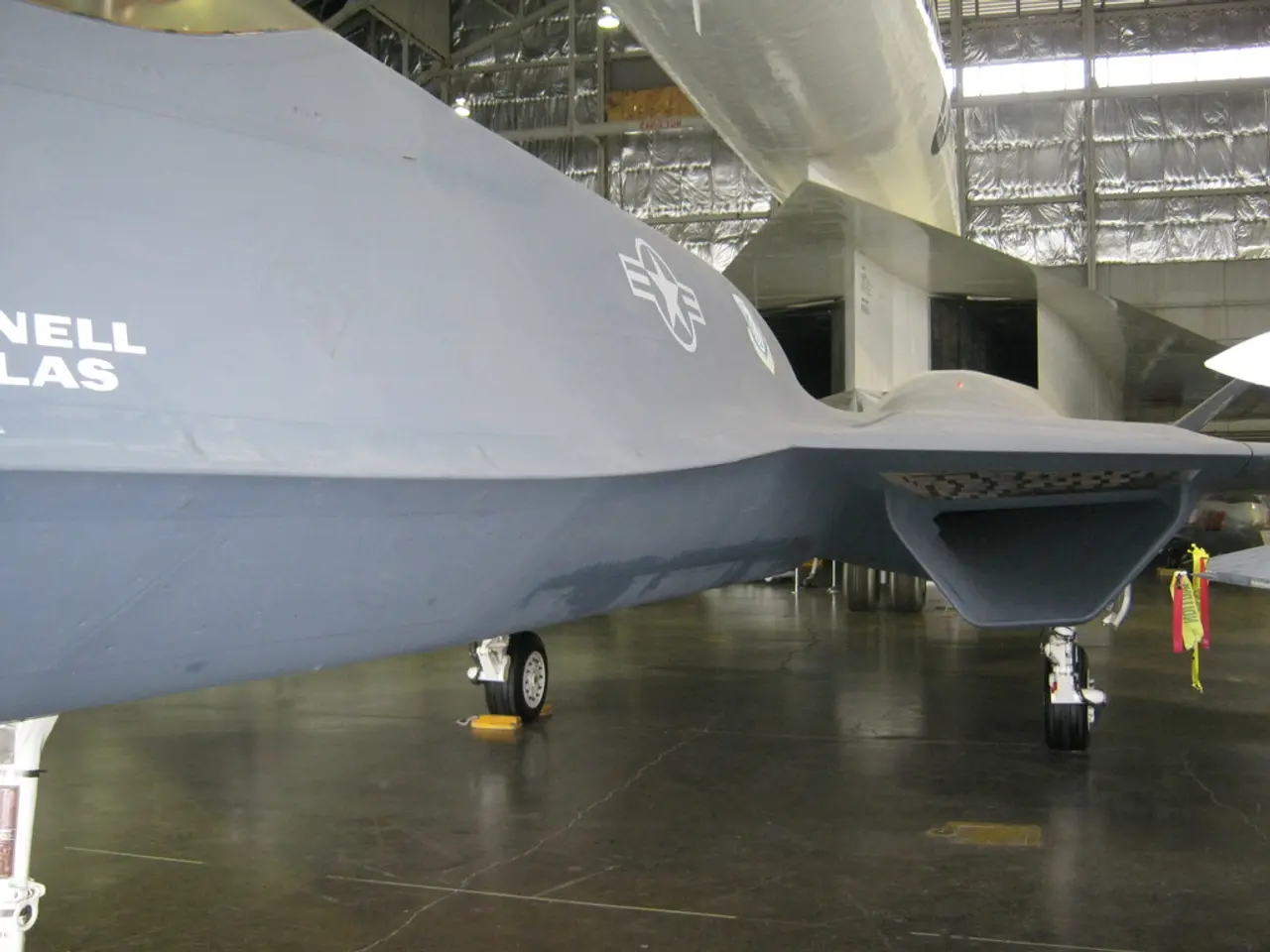Exploring Discounted Economy Flights - Unraveling the Economic Aspects of Mileage Rewards
In the world of travel, airline loyalty points and frequent flyer miles can be a valuable asset for savvy travellers. Here are some strategies to help you maximise the value of these rewards.
Firstly, redeeming points for premium flights offers the highest value. Business or first-class tickets tend to cost significantly more in cash, so using miles for these flights gives you a greater value compared to using points for economy travel.
Secondly, look for sweet-spot redemptions. Some airline loyalty programs offer award flights at significantly lower miles than usual. For example, ANA Mileage Club offers round-trip business class to Europe at 100,000 miles, compared to United Airlines’ 160,000 miles for a similar route.
Thirdly, take advantage of airline partners and alliances. Using miles on partner airlines in alliances like Star Alliance or OneWorld can access a wider range of routes and potentially better award pricing.
Fourthly, utilise transfer partners and flexible points. Flexible credit card points (like Chase Ultimate Rewards or American Express Membership Rewards) can be transferred to multiple airline and hotel partners, allowing you to pick the best redemption value at the time of booking.
Fifthly, pool points when possible. Some programs allow you to combine points with family or friends, helping reach redemption thresholds faster and increasing overall redemption power.
Sixthly, monitor promotions and discounts. Keep an eye on monthly or seasonal promotions like Flying Blue’s Promo Rewards, which can discount award tickets by up to 50%, stretching your miles further.
In addition to these strategies, always input your frequent flyer number when booking flights to ensure you earn miles for paid trips. Book flights directly on airline websites when redeeming miles to avoid complications. Use miles before they expire and be aware of airline policies for retroactively crediting miles if you forgot to add your number at booking.
By combining these strategies—prioritising premium cabins, exploiting sweet spots, leveraging transfer partners, taking advantage of promotions, and pooling points—you can significantly maximise the value of your airline loyalty points and frequent flyer miles.
Considering booking itineraries that include stopovers and open-jaw tickets can maximise travel experiences without significantly increasing costs. Leveraging flexible dates can often access lower mileage brackets consistently. Enroll in loyalty programs for grocery stores, gas stations, and online retailers to convert points from everyday shopping into travel rewards.
Checking for last-minute deals can yield unsold seats for a reduced number of points. Evaluating the total costs of tickets versus points used is crucial, aiming for a value higher than 1 cent per point. Comparing prices in cash versus miles to determine optimal redemption opportunities is essential.
Joining loyalty programs with no expiration on points can enable strategic waiting for lower redemption periods. Redeeming points for high-cost routes often provides better value. Pooling points also enhances flexibility, allowing travellers to book award flights that may not be available directly through their primary airline.
Utilising advanced notice on destination trends can maximise benefits significantly. Flights booked 6-8 months in advance can be up to 30% cheaper than those booked last minute. Booking rewards at least 3 to 6 months in advance can save up to 20% in points or miles.
Many airlines collaborate with financial institutions to offer sign-up bonuses, sometimes exceeding 50,000 miles. Frequent bonus point offers can significantly improve redemption values, such as during "Buy More Miles" events where points might be purchased at half the usual rate.
Considering alternative airports can sometimes lower point costs on the same route. Using a combination of points and cash for bookings can yield significant savings. Airlines frequently announce flash sales, limited-time offers, or exclusive discounts to their subscribers.
Choose credit cards offering at least 1.5 miles per dollar spent, with bonus categories for travel and dining expenses. On average, many airlines charge fewer points than their monetary fare for short-haul trips, sometimes as low as 5,000 points for a one-way trip that typically costs $100.
Continuous monitoring of award availability and flexibility in travel dates can enhance choices. Monitoring award sales and promotions can lead to substantial savings. Utilising flexible itineraries can increase options for lower point redemptions.
Reviewing multiple airline programs for route-specific values can yield substantial savings. Many credit cards offer generous rewards, some reaching 50,000 points or more just for opening an account. Timing applications for credit cards offering sign-up bonuses around travel plans can take advantage of these perks.
- To augment the value of your airline loyalty points and frequent flyer miles, consider enrolling in the rewards programs of grocery stores, gas stations, and online retailers, converting everyday shopping purchases into travel rewards.
- For a more economical lifestyle, prioritize budget-travel through strategies like booking itineraries that include stopovers and open-jaw tickets, leveraging flexible dates, and looking for last-minute deals to maximize travel experiences without significantly increasing costs.




